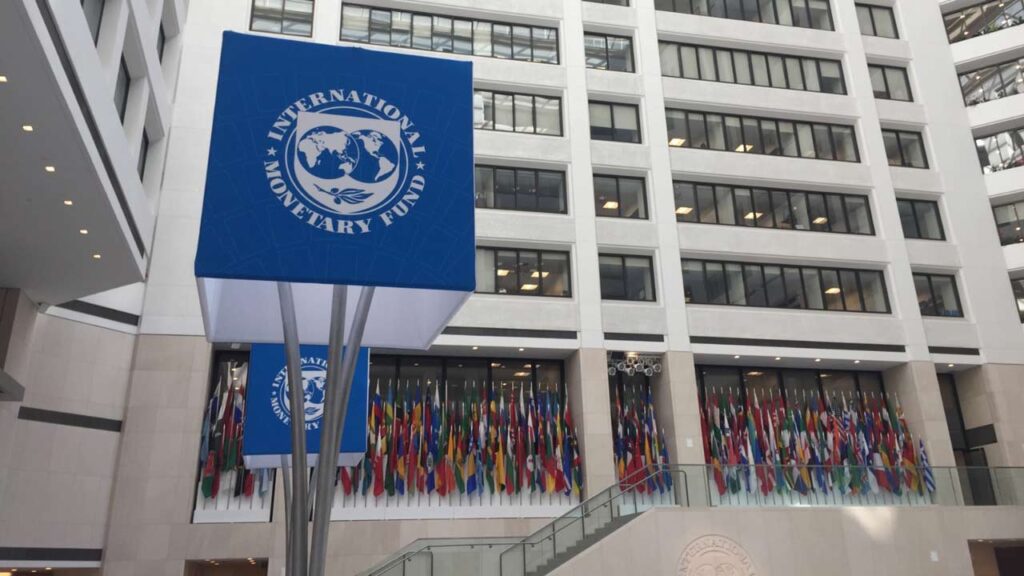
There are indications that the National Insurance Commission (NAICOM) may consider the first quarter of this year to meet the N1 trillion Gross Premium Income (GPI) benchmark in the industry.
The commission, in collaboration with industry stakeholders, had planned to accomplish the benchmark before the end of 2023, from N729.1 billion but failed owing to the inflation rate and some other economic challenges.
The commission expressed optimism that according to progress reports of the sector in 2023, it is on track to attain the long-awaited N1 trillion GPI target and likely kick-off date for risk-based capitalisation (RBC) this year.
These came to the fore when the Insurers Committee in Lagos at their last meeting in 2023. In the meeting, it was also disclosed that the commencement of Risk-Based Capitalisation depends on the completion of risk-risk-based supervision in the industry.
Speaking on the RBS, the Chairman of the Publicity Sub-Committee of the Insurers Committee, Ebelechukwu Nwachukwu, said the significance of continuous improvement in risk-based supervision for the growth of the insurance industry and the implementation of risk-based pricing.
Nwachukwu noted that the committee’s transformation roadmap includes proposals for increased awareness, enhanced market conduct, insurer partnerships with telecommunications and non-insurance channels, digitalisation improvements, and the deepening of the talent pool within the insurance sector.
In the same vein, the Head of Corporate Communications and Market Development, NAICOM, Rasaaq Salami, assured industry players that the finalisation of Risk-Based Supervision (RBS) is progressing, emphasising the exhaustive nature of the exercise.
He clarified that the commencement of Risk-Based Capitalisation depends on the completion of RBS. Also speaking on the outstanding claims in the industry, Salami said NAICOM has mandated the Nigerian Insurers Association (NIA) to publish details on outstanding claims in prominent newspapers.
This initiative, he said, aims to facilitate policyholders in claiming their settlements. The NIA is given a two-week timeline to execute the publication, with a three-month monitoring period to assess improvements. If progress is lacking after three months, regulatory action may be taken.
According to the report from the underwriting companies, some of these outstanding claims are not as if the companies are not ready to pay, but the policyholders of them have not come up with the appropriate documentation to conclude the process.
“The other improvement and the addition today is that the NIA has been mandated to do this publication, within the next two weeks for the next three months, we will monitor and watch, take statistics of what has been done, if after three months there are no improvements then we take it up as the regulator, that is when we can now ask the insurance companies to go out there and do their publication,” he said.
Salami reaffirmed NAICOM’s commitment to the passage of the consolidated insurance bill, assuring that the industry is aligned in this regard. Salami commended improvements in claims payment and highlighted ongoing digitalisation, the creation of new products, and increased engagement between operators and customers as signs of a changing and dynamic insurance landscape.













